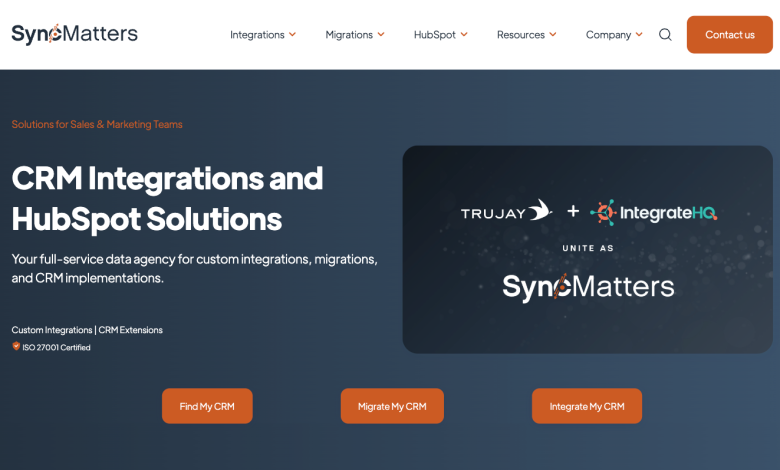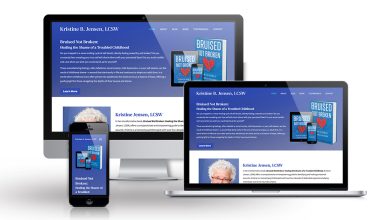CRM Schema Replication: Ensuring Consistency and Efficiency Across Systems

In today’s data-driven world, Customer Relationship Management (CRM) systems are pivotal for managing and optimizing customer interactions. For organizations with complex data needs and multiple systems, CRM schema replication emerges as a vital process to maintain consistency, ensure data integrity, and enhance system efficiency. This article explores the concept of CRM Schema Replication, its benefits, challenges, methodologies, and best practices for effective implementation.
What is CRM Schema Replication?
CRM schema replication involves duplicating the structure (schema) of a CRM system across different instances or systems to ensure consistency and synchronization. This process is crucial when organizations need to replicate CRM configurations, including data models, relationships, fields, and metadata, across various environments such as development, testing, and production systems.
The primary goal of schema replication is to maintain uniformity in how data is structured and handled, enabling seamless integration and reducing discrepancies between different systems or instances of the CRM platform.
Benefits of CRM Schema Replication
Consistency Across Systems
Schema replication ensures that all CRM systems or instances have a consistent data structure. This consistency is crucial for accurate data integration, reporting, and analytics. It helps prevent issues arising from discrepancies between different CRM environments.
Improved Data Integrity
By replicating the CRM schema, organizations can maintain data integrity across various systems. Consistent schemas reduce the risk of data corruption or misalignment, ensuring that data remains accurate and reliable throughout its lifecycle.
Streamlined Data Integration
Schema replication simplifies data integration by ensuring that the structure of data is uniform across systems. This uniformity facilitates smoother data transfers, reduces mapping complexity, and enhances overall integration efficiency.
Enhanced Development and Testing
Replicating the CRM schema in development and testing environments allows teams to work with a structure that mirrors the production system. This alignment helps in identifying and resolving issues early, improving the quality of new features and updates before they are deployed.
Efficient System Upgrades
When upgrading CRM systems, schema replication helps ensure that the new system retains the same structure as the previous version. This consistency aids in a smoother transition, minimizing disruptions and compatibility issues during upgrades.
Reduced Manual Effort
Automating schema replication processes reduces the need for manual intervention, lowering the risk of human errors. This automation streamlines schema management and allows for more efficient handling of changes and updates.
Challenges of CRM Schema Replication
Complexity of Schema Structures
CRM schemas can be complex, with intricate relationships, custom fields, and metadata. Replicating such schemas accurately requires a thorough understanding of the data model and careful planning to ensure that all elements are correctly duplicated.
Data Migration Issues
During schema replication, data migration challenges can arise, especially when transferring data between different versions or instances of the CRM system. Ensuring that data aligns with the replicated schema and remains consistent requires meticulous attention to detail.
Version Compatibility
Differences in CRM versions or configurations between source and target systems can complicate schema replication. Ensuring compatibility and addressing version-specific issues is crucial for successful replication.
Resource Requirements
Schema replication can be resource-intensive, requiring significant computational power and storage capacity. Organizations must allocate adequate resources and manage system performance to handle replication processes effectively.
Change Management
Managing changes to the CRM schema across multiple instances involves coordinating updates and ensuring that all systems are synchronized. Effective change management practices are essential to avoid inconsistencies and ensure smooth updates.
Security and Compliance
Replicating CRM schemas must be done with a focus on data security and compliance. Protecting sensitive information and adhering to regulatory requirements during replication is crucial to avoid data breaches and ensure compliance.
Methodologies for CRM Schema Replication
Define Objectives and Scope
Begin by defining the objectives and scope of the schema replication process. Identify the CRM instances involved, the specific schema elements to be replicated, and any customization or configuration requirements. Clear objectives will guide the replication process and help measure its success.
Analyze the Source Schema
Thoroughly analyze the source CRM schema to understand its structure, fields, relationships, and metadata. Document the schema components, including customizations and extensions, to ensure that they are accurately replicated in the target system.
Choose the Replication Approach
Select an appropriate approach for schema replication based on the complexity of the schema and the systems involved. Common approaches include:
- Manual Replication: Manually configuring the target system to match the source schema. This approach is suitable for simple schemas but can be time-consuming and error-prone for complex structures.
- Automated Tools: Using specialized tools or software to automate schema replication. These tools streamline the replication process, reduce manual effort, and ensure accuracy.
- Custom Scripts: Developing custom scripts or programs to replicate the schema. This approach offers flexibility and control but requires programming expertise.
Implement Schema Replication
Execute the schema replication process according to the chosen approach. For automated tools or custom scripts, configure and run the replication processes to create or update the schema in the target system. Ensure that all schema elements, including fields, relationships, and metadata, are accurately duplicated.
Test and Validate
Conduct thorough testing and validation of the replicated schema to ensure that it functions correctly in the target system. Verify that all schema components are accurately replicated and that data integration and functionality are consistent with the source system.
Deploy and Monitor
Deploy the replicated schema in the production environment and monitor its performance. Track any issues or discrepancies and address them promptly. Regular monitoring ensures that the schema remains consistent and effective over time.
Document and Maintain
Document the schema replication process, including configurations, tools used, and any changes made. Maintain and update the documentation as needed to support ongoing schema management and future updates.
Best Practices for CRM Schema Replication
Plan Thoroughly
Careful planning is essential for successful schema replication. Define clear objectives, understand the source schema, and choose an appropriate replication approach. Planning helps avoid common pitfalls and ensures that the replication process is efficient and effective.
Use Automation Tools
Leverage automation tools and software to streamline the schema replication process. Automated tools reduce manual effort, improve accuracy, and handle complex schemas more effectively.
Ensure Data Quality
Prioritize data quality by addressing any issues in the source schema before replication. Cleanse and validate data to ensure that it aligns with the replicated schema and remains accurate and consistent.
Test Extensively
Conduct extensive testing of the replicated schema to identify and resolve any issues before deployment. Test for various scenarios and edge cases to ensure that the schema functions correctly in the target system.
Implement Robust Change Management
Adopt effective change management practices to handle updates and modifications to the schema. Ensure that changes are communicated clearly, and that all systems are synchronized to avoid inconsistencies.
Document Processes
Thoroughly document the schema replication process, including configurations, tools, and changes. Comprehensive documentation supports troubleshooting, maintenance, and future updates.
Monitor Performance
Regularly monitor the performance of the replicated schema to ensure that it continues to meet organizational needs. Address any issues promptly and optimize the schema as needed to maintain effectiveness.
Future Trends in CRM Schema Replication
Increased Use of AI and Automation
Artificial Intelligence (AI) and advanced automation technologies are enhancing schema replication processes. AI can improve the accuracy of schema mapping and automate complex replication tasks, making the process more efficient.
Cloud-Based Solutions
Cloud-based CRM systems and replication tools are becoming more prevalent. Cloud solutions offer scalability, flexibility, and ease of integration, simplifying schema replication and management.
Enhanced Integration Capabilities
Emerging integration platforms provide advanced features for schema replication, including real-time synchronization, dynamic mapping, and improved data handling. These platforms enhance the efficiency and effectiveness of schema replication.
Focus on Data Governance
As organizations prioritize data governance, schema replication will play a key role in ensuring data quality, consistency, and compliance. Enhanced governance practices will drive more rigorous schema management and replication standards.
Greater Emphasis on Security
Data security will remain a critical focus in schema replication. Advances in security technologies and practices will help protect sensitive information and ensure compliance during the replication process.
Conclusion
CRM Schema Replication is a vital process for maintaining consistency, accuracy, and efficiency across CRM systems. By replicating the structure of CRM systems, organizations can ensure that data remains reliable, integration is seamless, and operations run smoothly.
While schema replication presents challenges, following best practices, leveraging advanced tools, and staying informed about emerging trends can help organizations achieve successful replication and maximize the value of their CRM systems. As technology continues to evolve, CRM schema replication will play a crucial role in supporting organizational growth, enhancing data management, and driving overall success.









